US Fed Reserve Rate Hike: Salt In The Wounds?

How US Fed Reserve Rate Hike and Recession Concerns Will Affect India
In an aggressive bid to curb inflationary pressures, the US Federal Reserve raised the benchmark interest rate by three-quarters of a percentage point on Wednesday. This is the Fed’s second straight hike in the rate.
According to news agency Reuters, this is the fourth rate increase this year as officials attempt to combat the sharpest increase in inflation in more than four decades.
The Fed hinted at plans to continue raising borrowing costs even as it highlighted a slowdown in the US economy. Economists are becoming increasingly concerned that the US may be in a recession. Even though his approval ratings have plummeted, US President Joe Biden reaffirmed that the US economy would avoid a recession and supported the Fed in its fight against inflation.
Biden is already feeling the pressure from rising prices, which he has mostly attributed to the Russian invasion of Ukraine, which has driven up the price of food and oil globally.
According to Reuters, US Fed Chair Jerome Powell and others have made it apparent that they are willing to take a chance on a recession and will keep rising interest rates until there is clear proof that inflation is returning to the two per cent target.
US Recession Woes
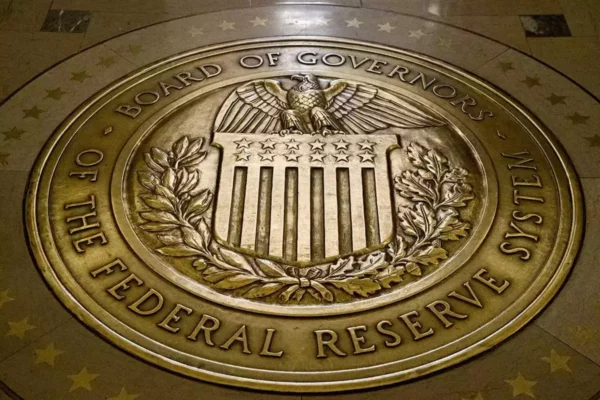
The Federal Open Market Committee stated that it is “deeply committed to bringing inflation to its two per cent aim” and is prepared to take further measures if that objective is jeopardized.
According to the standard definition of a recession, a country’s GDP must decline for two consecutive quarters. It’s because a shrinking GDP leads to decreased employment, income, and consumption.
The first estimate for the months of April and June is scheduled to be released on Thursday. The first quarter saw a 1.6 per cent decline in the US GDP.
Given that the US growth already decreased by 1.6% in the first three months of 2022 (January, February, and March), a decline in the second quarter will provide a clear indication of the US recession.
In the US, it is the National Bureau of Economic Research’s (NBER) Business Cycle Dating Committee that issues the recession declaration. However, the NBER’s definition of a recession is slightly different.
According to the Indian Express story, the typical NBER definition of a recession is “it is a considerable fall in economic activity that is dispersed across the economy, and that lasts longer than a few months.”
How US Fed Reserve Rate Hike And Recession Concerns Will Affect India?
The IMF has lowered its growth forecasts for the US, China, and India in its July edition of the World Economic Outlook.
According to the report, the downward revisions are being driven by “downgrades for China, the United States, and India, as well as for global growth during 2022–23, This show how the adverse risks mentioned in the April 2022 World Economic Outlook have manifested.”
The US Fed’s fourth rate increase this year could result in a smaller difference in interest rates between the two countries, which would cause more dollars to leave India’s debt and equities markets. The rupee, which has been falling against the dollar and just set a record low, would be under pressure as a result of the narrowing interest rate disparity.
The difference between total exports and total imports—the trade deficit—in India will increase as the rupee declines. Increased import costs would result.
According to PTI, foreign investors have already withdrawn more than $30 billion from the Indian bond and equities markets this year. If risk aversion sets in and international investors become even more pessimistic about India, this may not bode well.
How the Fed rate hike will impact you
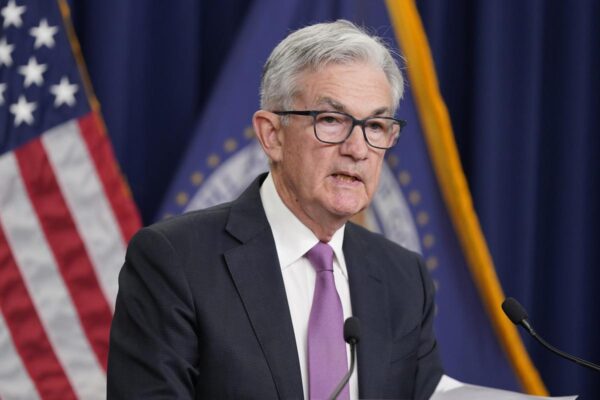
New York: The campaign against inflation by the Federal Reserve is intensifying. As a result, borrowing prices for families and businesses are increasing significantly.
The most recent increase in the benchmark interest rate by the US central bank was three-quarters of a percentage point, the largest one-time increase since 1994.
This comes after the Fed’s decision to hike its rate in May by a half-point, the largest increase in 22 years. On Wednesday at 2 p.m., the Fed is anticipated to announce a further three-quarter of a point rate increase.
The Fed’s decisive action demonstrates its faith in the state of the labor market. However, the rate at which interest rates are anticipated to rise highlights their growing anxiety over the skyrocketing expense of living.
Due to the strong rate of inflation, the Fed will likely need to raise interest rates several more times in the coming months. Fed officials may even use more large rate increases to reduce inflation.
Because mortgages and vehicle loans are no longer outrageously low, the first effect of this policy change on Americans will be higher borrowing costs. Furthermore, money in bank accounts will start to make a little bit of money.
Interest rate changes made by the Fed have an impact on how quickly the economy is growing. The Fed almost erased borrowing costs when the epidemic started in an effort to increase consumer and business spending.
To further revive the Covid-devastated economy, the US central bank also engaged in a strategy known as quantitative easing, which resulted in the production of trillions of dollars. When credit markets froze in March 2020, the Fed also started emergency credit facilities to avert a financial meltdown.
The rescue effort by the Fed was successful. There was no financial crisis at Covid. Vaccines and significant congressional expenditure created the groundwork for a quick comeback. However, its emergency measures—and their postponed removal—also had a role in the current economy‘s overheating.
Although inflation is high, unemployment is very close to a 50-year low. The US economy no longer requires the Fed’s extensive assistance. And the Fed is currently actively raising interest rates, which is slowing down the economy.
The danger is that the Fed overreacts and unintentionally starts a recession that raises unemployment by drastically slowing the economy.
Costs of borrowing are rising.
It gets more expensive to borrow money every time the Fed increases interest rates. This entails higher interest rates for credit cards, mortgages, home equity lines of credit, student loans, and auto loans. For both large and small enterprises, business loans will become more expensive.
Mortgages are where this is manifesting itself most visibly, with rate increases having already increased rates and slowed down business activity.
In the week ending July 21, the average rate for a 30-year fixed-rate mortgage was 5.54 per cent. From less than 3% at this time last year, that is a significant increase
Home prices that have increased since the epidemic has become more expensive because of higher mortgage rates. This decreased demand may lower prices.
According to the National Association of Realtors, the median price of an existing home sold in June increased 13.4 per cent over the previous year to $416,000.
How high will rates go?
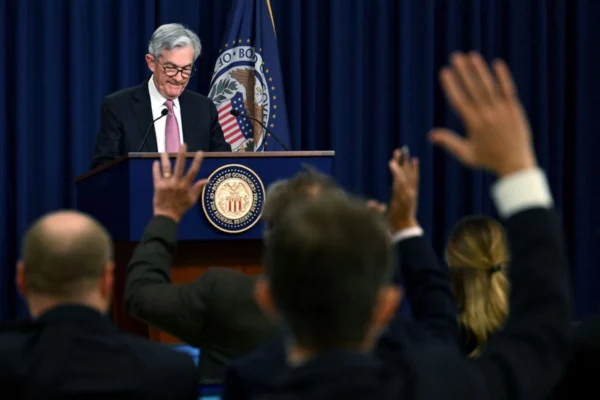
Investors anticipate that the Fed will increase the upper end of its target range from its current level of 1.75 per cent to at least 3.75 per cent by the end of the year.
For reference, at the height of the most recent rate-hiking cycle in late 2018, the Fed increased rates to a level of 2.37 per cent. The Federal Reserve rate reached a peak of 5.25 per cent prior to the Great Recession of 2007–2009.
Additionally, the Fed under Paul Volcker raised interest rates to historically high levels in the 1980s to combat spiralling inflation. The effective Fed funds rate reached a peak of 22% in July 1981. (There is no likelihood that borrowing costs will increase so significantly in the near future; they won’t even get close to such levels.)
However, the effect on borrowing rates in the upcoming months would largely depend on the speed of the Fed’s rate hikes, which is still to be determined.
Good news for saver.
Low-interest rates have hurt savers. During the Covid period, money held in savings, CDs, and money market accounts yielded virtually nothing (and for much of the past 14 years, for that matter). If inflation is taken into account, savers have lost money.
The good news is that as the Fed raises interest rates, these savings rates will increase. Savings will once more begin to earn interest.
However, this takes time to develop. Often, and particularly with traditional accounts at large banks, the effect won’t be noticed right away.
Savings rates will remain extremely low, below both inflation and the anticipated returns from the stock market, even after many rate increases.
Markets will have to adjust
The stock market benefited greatly from the Fed’s provision of free money.
Government bond rates decline as a result of interest rates at zero per cent, thus compelling investors to place their bets on riskier assets like equities. There is even a term for this on Wall Street: TINA, which stands for “there is no alternative.”
The stock market has faced significant difficulties as a result of higher rates since it had grown accustomed to, if not dependent upon, easy money.
How quickly the Fed raises interest rates as well as how the underlying economy and company profits fare in the future will determine how the stock market is ultimately affected.
Rate increases at the very least indicate that boring government bonds will provide more of a threat to the stock market in the future.
Cooler inflation?
The Fed’s interest rate increases are intended to keep the job market recovery intact while bringing inflation under control.
According to the most recent Labor Department data, consumer prices rose by 9.1% in June compared to the same month last year, which is the quickest rate since December 1981. The Fed’s target for inflation is 2 per cent, and it has recently gotten worse.
Gas prices have recently proceeded to reach record highs, escalating an increase that started after Russia invaded Ukraine, prompting economists to warn that inflation may become even worse.
The cost of everything has increased, including metals, food, and electricity.
Millions of Americans are struggling financially due to the high cost of living, which is also a major factor in the record-low consumer sentiment and President Joe Biden’s dismal popularity ratings.
However, it will take time before the Fed’s interest rate increases begin to reduce inflation. And even then, changes in the Ukraine war, the chaos in the supply chain, and, of course, Covid will have an impact on inflation.
The journey ahead is unpredictable and probably bumpy. Nobody can predict what Putin’s future plans for Ukraine will be, what surprises the coronavirus may have in store for us, or what new bottlenecks may form in the world’s complex supply networks. The future path of inflation will be influenced by all of those elements and more.
Moreover, nobody can forecast the extent of the labour market’s cooling. The Fed’s policy-setting committee predicts that over the next two years when supply and demand in this market start to balance out once more, the unemployment rate will increase by roughly 0.5 percentage points.
However, accidents happen, and once the softening dynamic is started in motion, what initially seems to be a mild softening can swiftly grow into a more severe deterioration.
Even if one happens, it won’t be as severe as the one that occurred four decades ago. Paul Volcker became the head of the Fed in 1979 at a period of inflation that was far worse than it is right now.
The previous 15 years of experience had conditioned the general population to anticipate high and continuing inflation. The cost of beating inflation was very high, in part due to that conditioning. The Fed’s policy rate had to be allowed to rise over 20%, and Volcker and his colleagues had to accept an unemployment rate of more than 10%.
Nobody can expect the tremendous inflation of today to be reduced as rapidly as they would want. However, inflation will have significantly decreased from its current level in a year, and by two to three years from now, it should be about 2%. Everyone’s rage will diminish a little.
How Do US Fed Rates Affect Investors And Consumers?
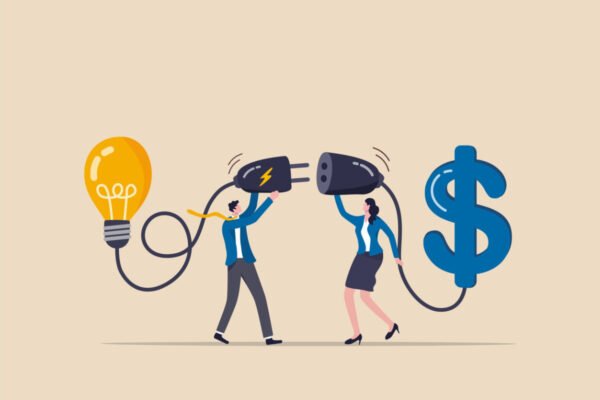
The Federal Reserve increased its benchmark interest rate by 75 basis points for the second time in a row as part of its most aggressive campaign to control rising inflation in three decades.
Consumer and commercial loans are projected to increase as a result of the major rate hike decision.
A Fed rate increase may trigger a US recession.
The US Fed has been battling excessive inflation, which is currently at 9.1%, the fastest annual rate in 41 years. This is a result of the Fed’s persistent attempts to stifle price increases throughout the economy.
The Fed increases borrowing costs, increasing the cost of borrowing for those considering a mortgage, a vehicle loan, or a business loan. As a result, consumers and businesses tend to borrow less and spend less, which slows inflation and cools the economy.
Inflation slows as people borrow less money at rising interest rates, which on the one hand, tends to hurt the economy. Analysts and investors are currently worried about the possibility of a future recession. It remains to be seen if it truly happens, even though it can’t be completely ruled out.
Later this year, according to Bank of America economists, there will likely be a “moderate” recession. According to Goldman Sachs analysts, there is a 50/50 chance that there will be a recession over the next two years.
Tends to make investors less excited about the stock market
Bond yields increase along with rising interest rates. As interest rates tend to rise, investors shift their funds from the stock market to securities that provide fixed interest. This obvi implies that the stock markets are under selling pressure, which usually causes them to decline.
According to Trust Mutual Funds CEO Sandeep Bagla, The US Federal Reserve has been raising rates and lowering liquidity with the aim of lowering CPI inflation to around 2%. The short covering rise in the US markets followed the 75 bps rate increase, which was in line with market expectations.
Equity markets in India are currently seeing a significant pullback bounce after gradually declining over the past few months. However, the rise in US interest rates and the quantitative easing of global liquidity will depress demand, which should result in slower business growth and profitability. Additionally, investing money in markets will have a higher opportunity cost.
Poorer stock markets are typically caused by slower growth prospects, lower profitability, and higher discounting rates. Even if in line with market predictions, the upcoming rate hikes by central banks throughout the world do not bode well for risky asset classes like equities.
Increases borrowing costs and loan amounts
Depending on the loan type, interest rates in the US tend to rise as and when the US Fed raises rates. The impact, though, might not match the number of raises. Mortgage loan rates typically increase, yet this may not always be the case because these are long-term loans. Automobile loans and other personal loans that are more short-term in nature, however, tend to climb upward.
In general, it’s difficult to imagine that interest rates on these loans won’t rise, especially if the quantum is as high as 75 basis points as it was on Wednesday. The Fed will increase its benchmark rate, which affects many consumer and commercial loans, to a range of 2.25 per cent to 2.5 per cent, the highest level since 2018, according to an AP report.
The value of cryptocurrency assets is typically impacted
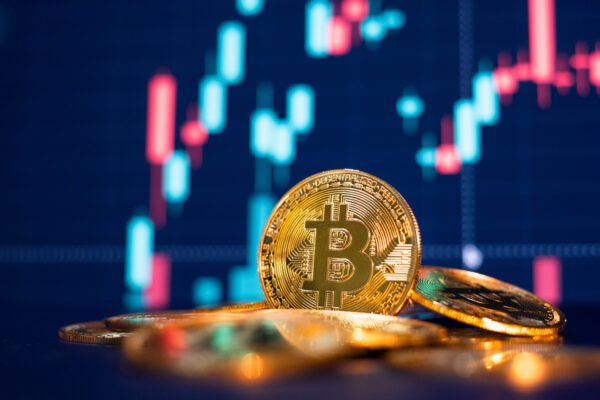
Since cryptocurrencies are risky investments, once interest rates rise, there is a flight from risky investments. In actuality, the value of bitcoin has fallen from $65,000 to about $21,000. This has mostly been done in preparation for the US Fed’s aggressive interest rate hikes in response to rising inflation. When it comes to investment methods, cryptocurrencies are nearly identical to equities in that both are risky investments, though cryptocurrencies are far riskier.



